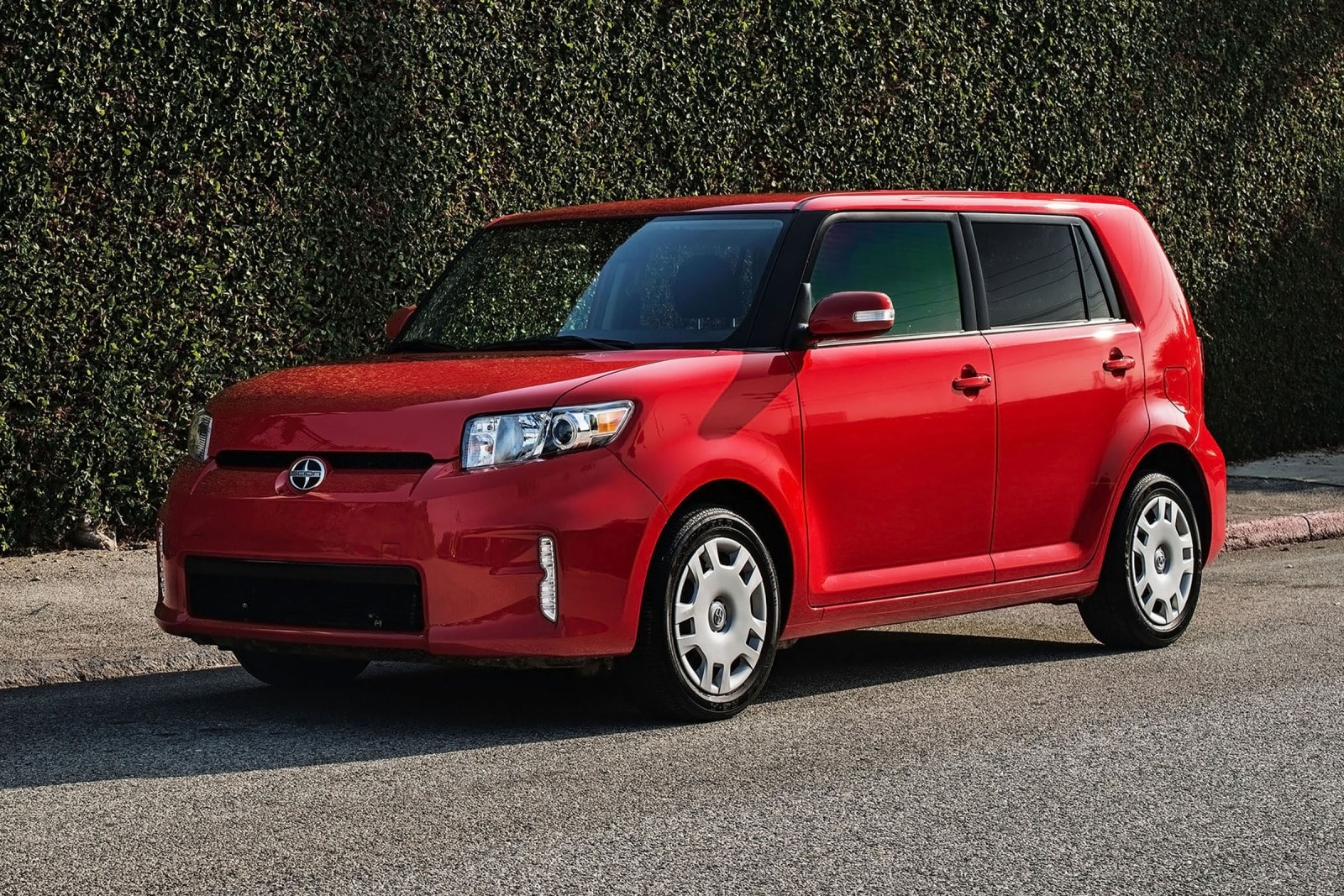 Guy Kawasaki, a member of the team at Apple that launched Mac computers, is a much sought after expert when it comes to identifying the target market for a new product. In his book The Art of the Start, he tells aspiring entrepreneurs, “Do not try to be everything to everybody.” The most successful products are those that half the market loves and half the market hates. He uses the example of the Scion B (pictured here). Some people thought it was the coolest thing on the road. Others thought it looked like a refrigerator on wheels.
Guy Kawasaki, a member of the team at Apple that launched Mac computers, is a much sought after expert when it comes to identifying the target market for a new product. In his book The Art of the Start, he tells aspiring entrepreneurs, “Do not try to be everything to everybody.” The most successful products are those that half the market loves and half the market hates. He uses the example of the Scion B (pictured here). Some people thought it was the coolest thing on the road. Others thought it looked like a refrigerator on wheels.
There is one other economic truth which applies to almost every industry. It is dominated by three to five major players until a disruptor challenges the status quo. Over time, the historically dominant organizations get comfortable with their standing and focus on incremental increases in market share. They are more interested in capturing an additional percent of the market than titillating their customers’ imagination. That attitude opens the door for the next disruptor. Think of Apple and the computer industry, Skype versus traditional telephony or Tesla when it comes to automobiles.
Ironically, CNN was once that disruptor. On June 1, 1980, Ted Turner opened the news network’s first broadcast followed by an in depth Daniel Schorr interview with President Jimmy Carter. It changed the future of media news. Sound bites on 30-minute nightly news programs gave way to unedited interviews and speeches. Twenty-four hours of programming made room for documentaries and feature stories.
In an homage to the past, CNN launched CNN2, later renamed “CNN Headline News.” Each half-hour consisted of an updated recap of the top stories, much like each network’s nightly news including a “just the facts” anchor, the most recognizable being Lynne Russell. Today, Headline News is a second-tier extension of its older sister channel. There is still a “CNN Headline News,” except now it is called “BBC World News” on BBC America.
Which brings me to CNN’s precipitous ratings catastrophe. Like many disruptors who become dominant players in their field, CNN has violated both economic success principles laid out above. First, it is trying to be everything to everybody. Though most American voters are said to be in the middle of the liberal-conservative spectrum, their news preferences are not. Liberals/Democrats gravitate towards MSNBC; members of the current incarnation of the GOP to Fox News. CNN’s most recent example of aiming for the middle is its decision to give Donald Trump an hour of free air-time. However, the network’s efforts to give voice to pro-Trump perspectives dates back to 2016 when CNN hired former Trump campaign manager Corey Lewandowski. Followed by Trump Justice Department spokeswoman Sarah Isgur Flores and former chief of staff to the Vice President Pence Marc Short. What has this gotten CNN? In August 2022, Trump assessed CNN’s attempt to lure conservative viewers.
It used to be a very important network. It used to be a very important platform, I think they’ve actually gotten worse. I think it’s a whole big con job that they’re going to try to reach out and they’re going to try to get better. I think they’ve gotten worse.
Second, recent moves suggest CNN is more interested in stealing a ratings point here from MSNBC (luring away Capitol Hill correspondent and Way Too Early host Kasie Hunt) and another point there from Fox News (with the acquisition of Chris Wallace) than reasserting itself as the industry disruptor. Even though it tried with the streaming service CNN+, which had a shorter shelf-life than unpasteurized milk. Programming consisted of live news, original series and documentaries drawn from the library of parent company Warner Brothers Discovery. It begged the question, “Which genius in the programming department thought viewers would pay an additional fee for streaming content when they were already paying for two 24/7 channels through cable subscriptions?”
There is room for innovation in the cable news industry. One of the most read pages in USA Today is “News from Around Our 50 States.” A broadcast equivalent might not deserve its own cable channel, but an hour per day of the premier story in each state would be a breathe of fresh air. “Morning Joe” has toyed with the idea in a minimal way. It now offers a two-three minute segment of local news from the front pages of papers around the country.
Sadly, as we learned from Dominion Voting Machines’ short-circuited defamation trial against Fox News, it was never about presenting the news. It was about keeping those people who loved you happy and giving those who did not more reason to hate you. Guy Kawasaki would call that good business sense. Edward R. Morrow and Walter Cronkite would ask, “Yes, but at what cost?”
POSTSCRIPT
Media continue to struggle with coverage of (using Nicolle Wallace’s description) “a twice-impeached, disgraced, indicted ex-president” who will say anything in public (on television and at rallies) but has refused to testify under oath in court. May I suggest there should be a mandatory follow-up question on every occasion during which Trump spouts his lies and conspiracy theories. “Mr. Trump, if you honestly believe that, why have you never been willing to say it under oath in a judicial proceeding subject to penalties for perjury?”
For what it’s worth.
Dr. ESP